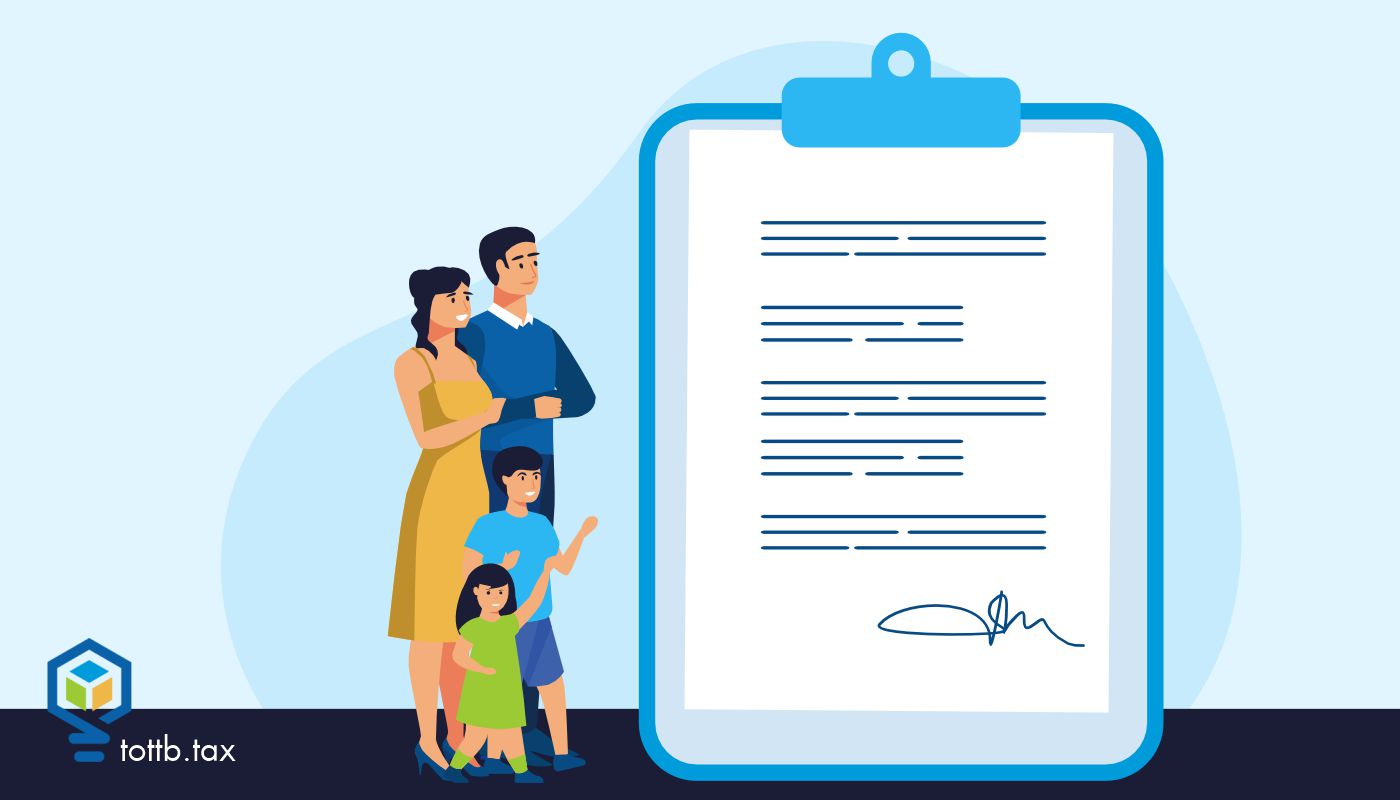You’re tax professionals. You don’t need me to tell you that the money you are going to win in the virtual office pool on “the big game” is taxable income. You also don’t need me to tell you can’t net your winnings with the cost of the wager. You don’t, right? Most of the rules for reporting gambling income and deducting gambling losses for individuals are well understood with the possible exception of the session rules for slot machine play. I’m not going there—well, not in this article. This article is going to explore the nuances of tax optimization for people who have decided to go all in and turn their leisure time activities into a job.

An Analysis of the OBBBA’s Trump Accounts (Part 2)
In part one of this series, I went over the basics of the new retirement accounts for minors, Trump Accounts, which were created as part of the One Big Beautiful Bill Act (OBBBA). Trump Accounts allow the Government, Charitable Organizations, Parents, and others to contribute to a child’s savings, usually on an after-tax basis. These accounts then transition to a traditional individual retirement account (IRA) when the child turns 18. Although the contribution limits act like non-deductible traditional IRA contributions and have a contribution limit of only $5,000 per year, they do not have the same earned income requirements that traditional IRA contributions have. This means that children are able to accumulate savings even without earned income. This article presents several scenarios to examine how Trump Accounts may play into an overall savings strategy for children.






